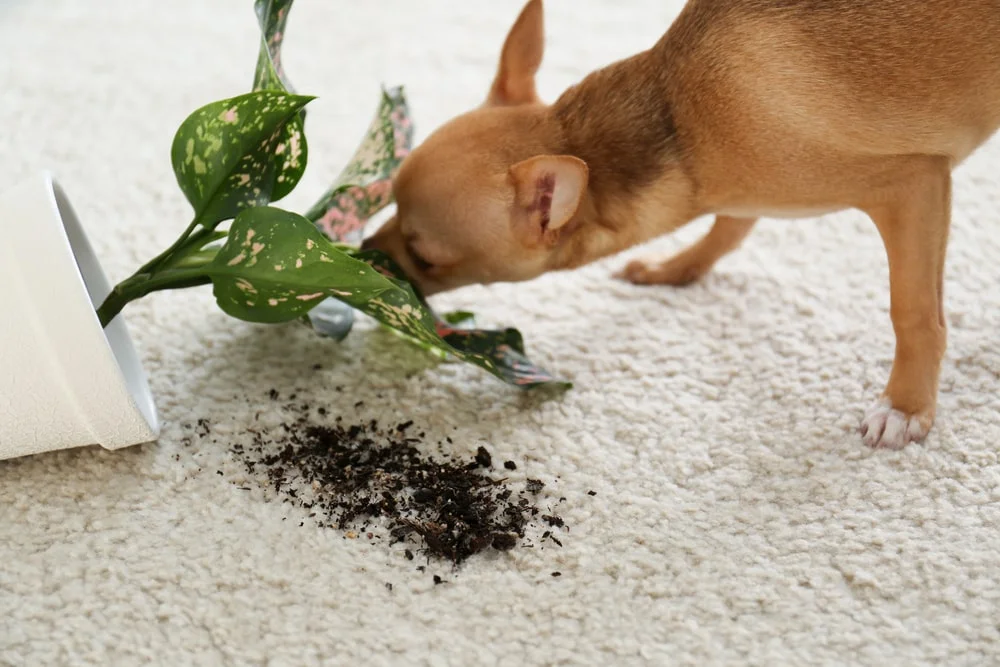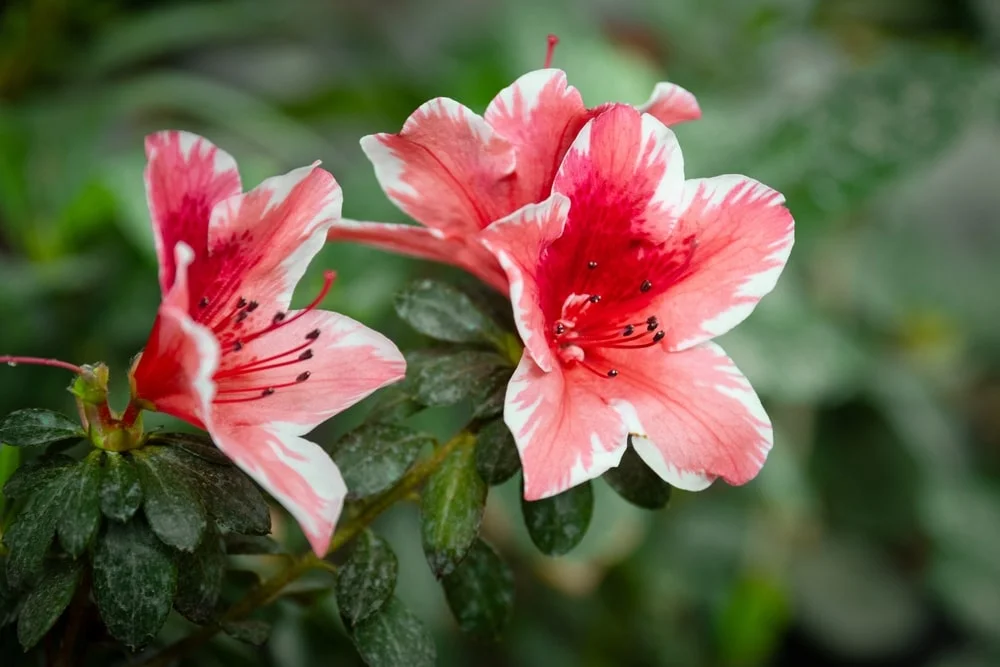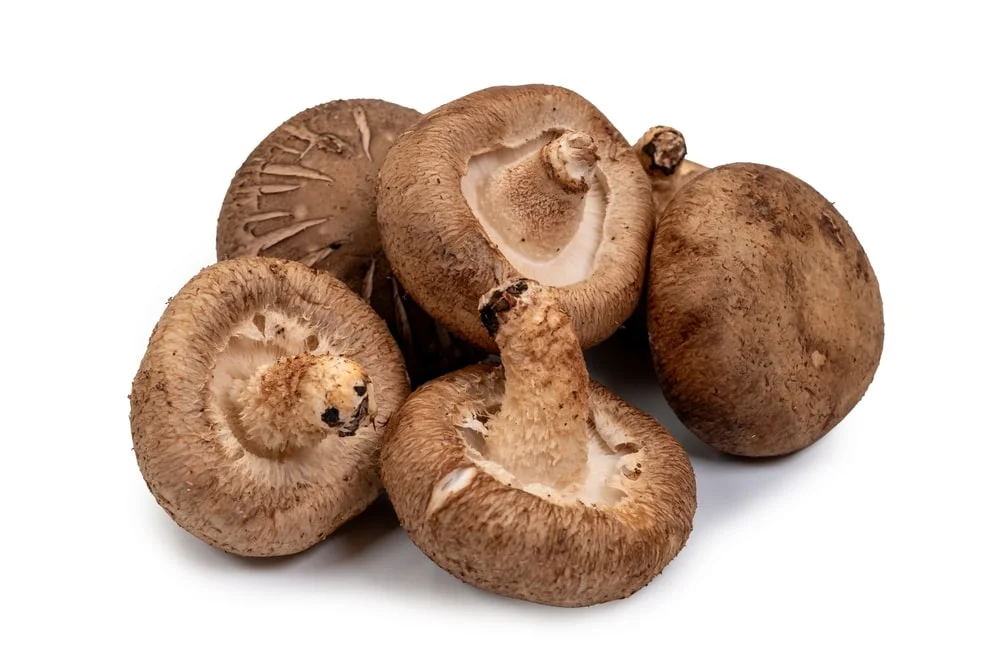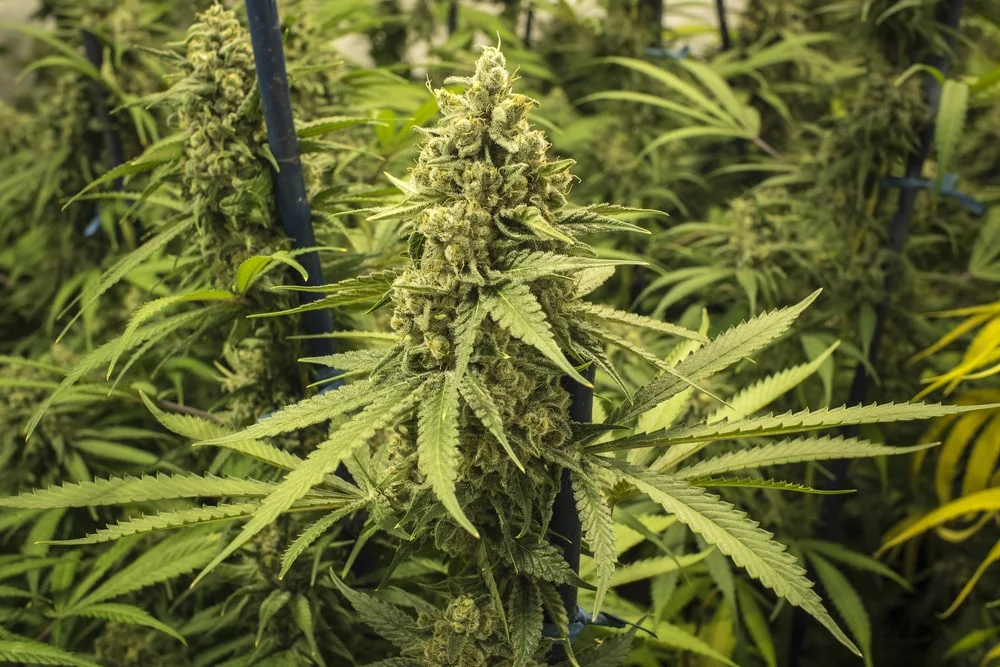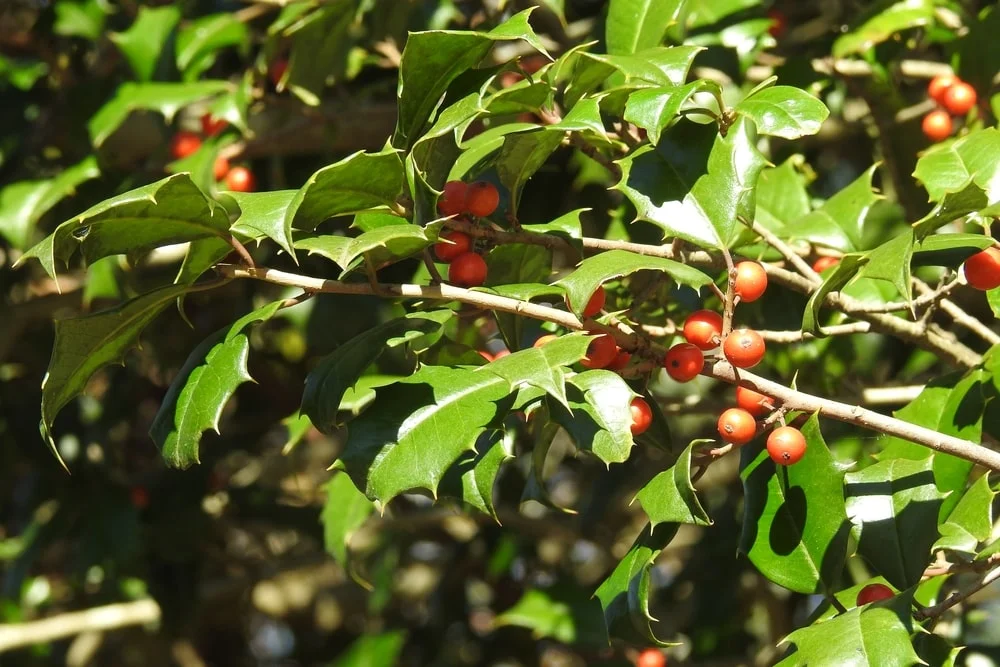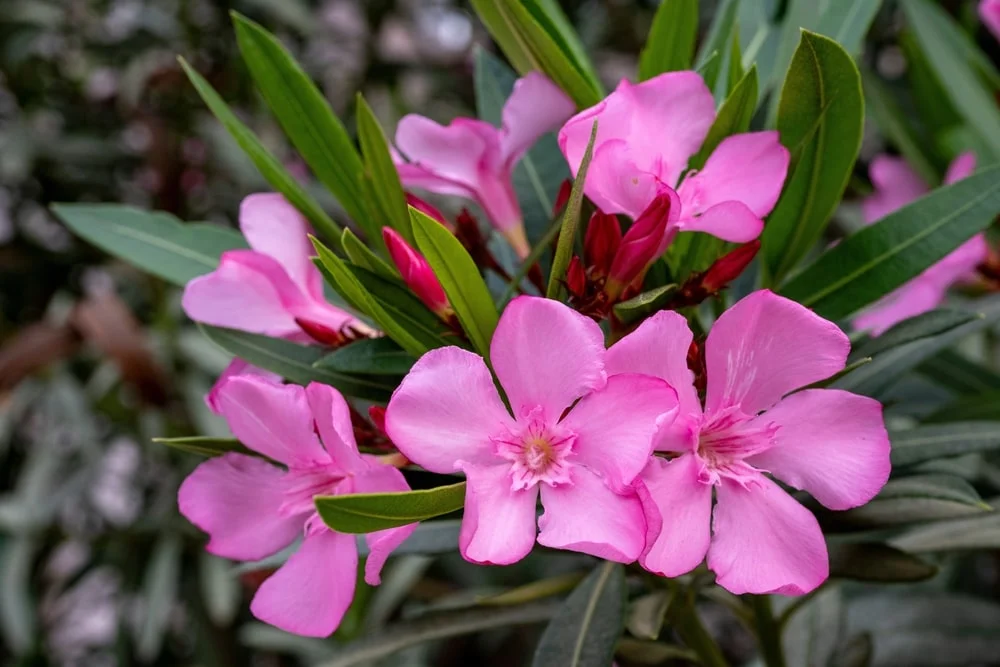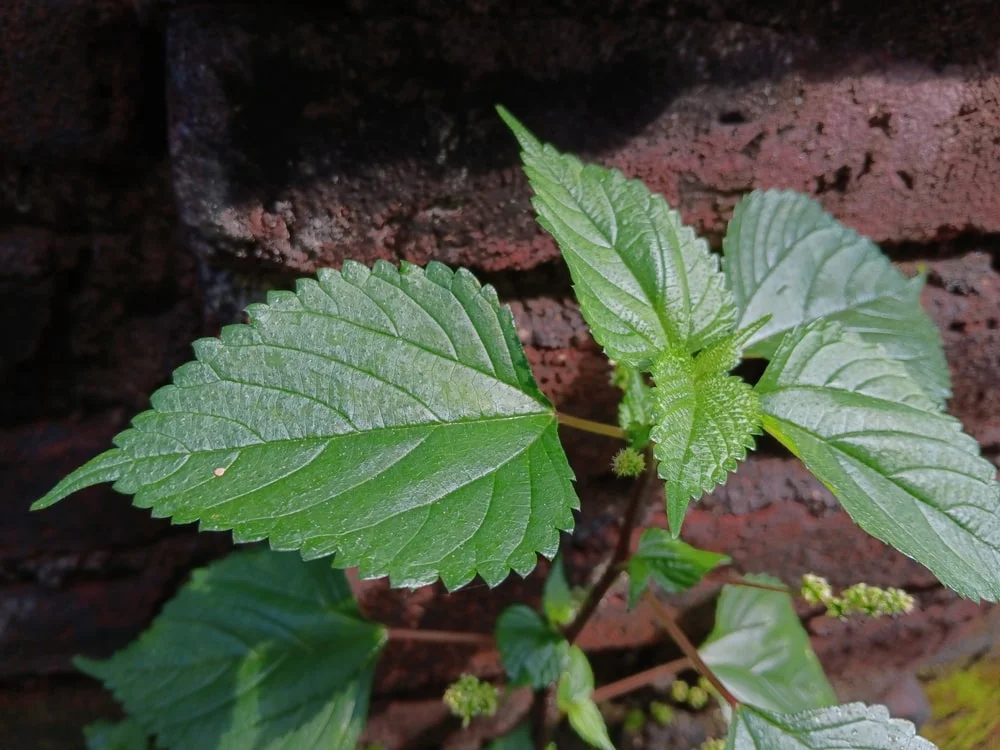PET HEALTH
Warm weather is here again, and with it comes some important pet safety tips to keep in mind when it comes to plants. For example, did you know that every day you could potentially encounter at least a couple toxic plants for pets — both inside and outside of the house?
But don’t hit the panic button just yet. There are plenty of ways to keep your pets safe from poisonous plants, and it all starts with knowing some of the more common threats sprouting out of the ground or living in your pots at home.
MetLife Pet Insurance can help cover vet costs related to plant poisoning or toxicity. Get your free pet insurance quote.
Poisonous Plants for Cats and Dogs
Keep an eye out for some of the more common poisonous plants for cats and dogs to avoid this spring and all year round.
1. Sago Palm
Sago palm trees are common in tropical and subtropical environments, but many are surprised to learn they’re one of the more toxic plants for cats and dogs. When eaten, the sago palm can wreak havoc on your pet. Symptoms are appropriately alarming: Vomiting, diarrhea, and seizures are just a few indicators that your pet is experiencing acute palm poisoning. Even if your pet isn’t experiencing symptoms, getting to a vet right away is important. Liver damage can occur if left untreated.1
After a 1-year-old dog named Max ingested the leaf of a sago palm tree, he needed prescription medication to prevent liver damage. |
Max’s claim: $200 MetLife Pet covered:2 $200 |
2. Azaleas
These spring-blooming flowers come in many types and colors, but there’s one thing they all have in common: They’re extremely toxic plants for pets and should be avoided at all costs. Even the smallest nibble of azaleas can lead to serious poisoning in dogs and cats. Symptoms include vomiting, diarrhea, excessive drooling, loss of appetite, weakness, and, in extreme cases, transient blindness and comas.3
3. Mushrooms
Wild mushrooms are a danger to any pets who spend a lot of time outdoors. Although only certain types of mushrooms are toxic, it takes a trained eye to be able to spot the difference. Besides, by the time a hungry hound or curious cat gets a surprise mouthful, it’s usually too late for inspection anyway. If you can, however, do try to get a sample of the mushroom to take to your vet to help with identification. Symptoms of mushroom poisoning include dehydration, weakness, vomiting, diarrhea, and even coma.4
Pet Insurance Can Help Cover Emergency Vet Costs
4. Daffodils
These popular springtime flowers have become a seasonal staple. Unfortunately, daffodils are also very toxic plants for dogs and cats when they’re ingested. They can cause a range of symptoms — such as diarrhea, vomiting, abdominal pain, and even cardiac arrhythmias.5 They might be pretty, but that doesn’t mean they’re harmless.
5. Marijuana
Even a small amount of marijuana, aka cannabis, can be toxic to pets. The intoxicating component comes from tetrahydrocannabinol (THC), which is the psychoactive chemical within the plant that causes its mind-altering effects in humans. For animals, however, this chemical causes several detrimental effects — such as lethargy, altered blood pressure, low or fast heart rate, slowed breathing, coma, and seizures. Pets can be affected by ingesting baked foods containing marijuana, ingestion of the plant itself, and secondhand smoke.6
Real-Life Claim for Cannabis Poisoning |
|
A toy poodle from California named Stella accidentally took a bite of a marijuana cookie and was rushed to the emergency vet for exams and diagnostics. |
Stella’s claim: $400 MetLife Pet covered:7 $400 |
6. American Holly
Also known as “winterberry,” this shrub features fruit that can be appetizing (but very toxic) for pets. The ingestion of this fruit can lead to outcomes like depression, vomiting, and diarrhea.8 These trees may be common, but fortunately, most animals are naturally deterred from eating their prickly leaves.
7. Lilies
Lilies are extremely poisonous plants for cats that should be avoided at all costs. Whether it’s a day lily, tiger lily, peace lily, or one of the many other lily varieties, the ingestion of just one or two leaves could lead to potentially deadly kidney failure or other complications. Symptoms of lily poisoning to look out for include loss of appetite, vomiting, and drooling. Lilies are a pretty common house plant, and owners should be mindful about checking the lily leaves for signs of pet ingestion (chew marks, missing leaves, etc.).
Real-Life Claim for Lily Poisoning |
|
After Wendy, a domestic shorthair kitten, was taken to the vet for ingesting a lily petal, she had to stay a couple of nights for further observation. |
Wendy’s claim: $1,600 MetLife Pet covered:9 $1,300 |
8. Oleander
This popular evergreen shrub is found in warm regions throughout the country. Unfortunately, virtually every part of it is also dangerous. Oleander contains naturally occurring cardiac toxins that can gravely affect the nervous systems of cats and dogs, leading to abnormal heart rhythms, nausea, vomiting, seizures, and tremors.10
9. Clematis
Every bit of this woody vine is toxic to pets. The clematis can be found throughout the country and features thick vines with vibrantly colored flowers that range in color from pink to white to red. Once eaten, clematis can lead to vomiting and diarrhea.11 Steer clear of this plant, especially if your pet is known to eat plants.
10. Poison ivy
While generally not considered to be toxic, poison ivy can still pose a threat to our pets. Skin reddening, swelling, vomiting, diarrhea, and pesky itching can occur when cats or dogs make contact with this plant’s sap. Still, it’s not nearly as common in our furry counterparts as it is in us, and that’s in large part thanks to the extra protection provided by their fluffy coats.
11. Tulips
Tulips are a common springtime sight throughout the U.S., where they pop up in a variety of bright colors. These cup-shaped flowers are one of the more common poisonous plants to cats and dogs, and the bulbs are an especially toxic part of the tulip. However, the entire plant is dangerous when eaten and can lead to symptoms like mouth/throat irritation, diarrhea, drooling, vomiting, and difficulty breathing.12
Pet Insurance Can Help Cover Plant Poisoning Costs
When your pet ingests a harmful substance and requires veterinary care, your focus should be on your pet’s recovery — not the bill. The costs of diagnostics, hospitalization, and treatment can quickly add up, especially in an emergency. But luckily, pet insurance is there to help.
For instance, a MetLife Pet Insurance policy can reimburse you for accidents and injuries, as well as surgeries, X-rays, medications, and more. Ready to protect your pet? Get a free quote today.

